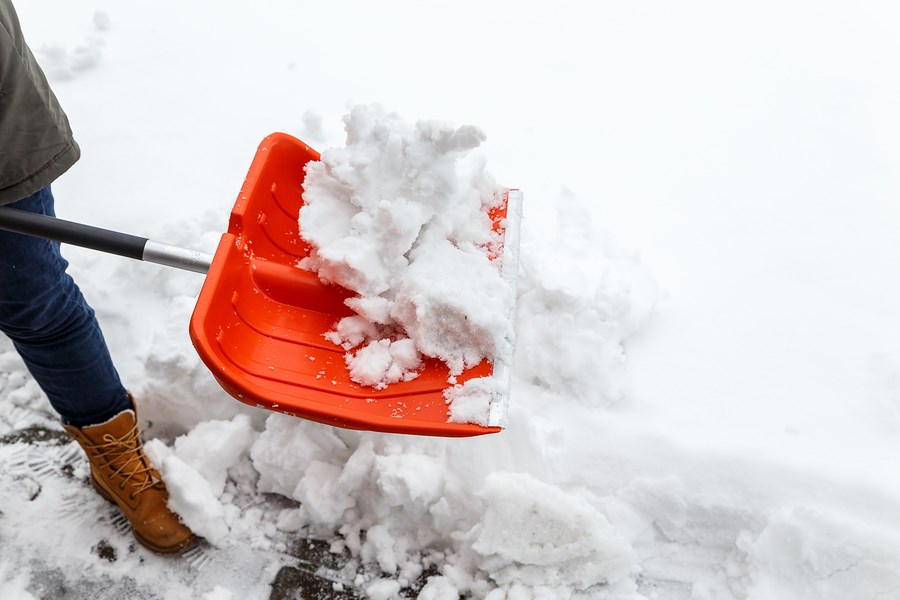The City of Flin Flon will implement the same tactics as 2016 for city street and sidewalk clearing operations this winter – a tactic that includes the same scheme for which streets are cleared first.
“It’s almost exactly the same as last year’s. We have the same equipment, we have the same policies about which routes to plow first, the emergency routes then the school routes,”
said Charles Boulet, the City of Flin Flon’s director of works and operations.
After a major snowfall, City crews will be out quickly to clear off main streets and transport areas. The top priority for crews are emergency routes, allowing ambulances, hospital staff and patient transport to and from Flin Flon General Hospital.
After that, bus routes and areas near schools are cleared, followed by any remaining major streets. Once work there is completed, crews then start on side streets and back lanes.
“This snowfall here would probably take us about five days before we can get it all done. That includes side streets, back lanes, sidewalks, everything,” said Boulet, referencing the snowfall seen in the area last week.
“If we’re clearing and it’s still snowing while we’re clearing, then we have to go redo everything we already started with. That’s a big reason why it takes so long to get everything done completely,” he said.
City crews will be using their typical grit mixture for roads this year, a mixture of calcium carbonate salt and sand. While other communities have begun using other methods of melting snow and ice on streets, including spreading beet juice, pickle brine and other alternatives, the salt and sand mix is still useful.
“You can imagine we use quite a bit of it here because of the grades on some of the roads,” said Boulet.
Once snow is removed from the streets and sidewalks around town, city policy states that the snow will be piled up at strategic locations around Flin Flon. Three additional sites, including one near North Avenue Park, another at Centoba Park and a third near Highway 10A, will be used for excess snow dumps, as they have been in the past.
The lack of radical change has given crews ample practice in how to get rid of heavy snow.
“Every snowfall is a bit unique, but about 80 per cent of what we do is repeated over and over again. It just varies in how much we deal with,” said Boulet.
However, snow can be unpredictable. The sudden large snowfall last October stretched some community resources thin. Outside equipment and contractors were hired by the city to deal with the heavy dumping.
“In a big snowfall, the City of Winnipeg will spend millions. It’s amazing how much money can be spent on having people out there clearing,” said Boulet.
With some snowfalls taking several days to fully move, city workers often receive complaints for delays.
“One thing about winter, it’s the highest level of complaints we get. It’s during snow removal. It’s always, ‘you didn’t clear it fast enough, you left ridges, you didn’t pile it the right place.’ It’s the absolute highest level of complaints. We get nailed no matter what we do,” said Boulet.
A large number of the complaints, Boulet said, come from elderly residents who could be more negatively affected by heavy snow.
“I know a lot of older people, there’s fear. You can hear it in their voices. Often they’ll say, ‘I can’t get out of the house, I’m afraid, what if I need to get to the hospital.’ I can understand that, especially when it’s older people.”
On occasion and when city resources allow, crews can take special priority requests for certain areas.
“We do take special requests on that, if people call and say, ‘I have an appointment in 2-3 hours, can you come do my street before others?’ We try to accommodate. We see that as an important service to people, especially when it’s health-related,” Boulet said.




